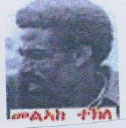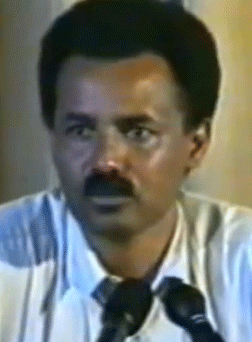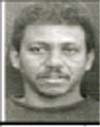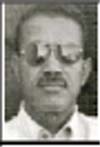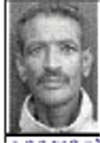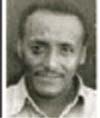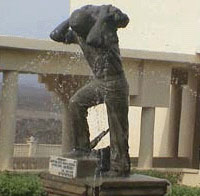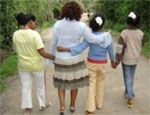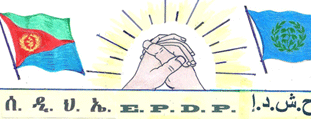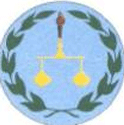Reflections on the Eritrean people struggle for independence
መጀመሪያ ሰዉእ
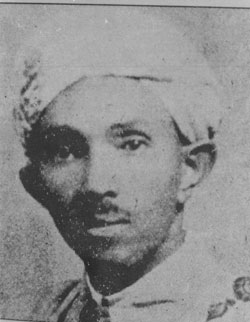
“ዕላማ ክብሪ እዩ…ዋጋ ክብሪ ድማ ህይወት እዩ!”
On the occasion of the commemoration of the 50 anniversary of the beginning of the armed struggle for national liberation, this paper argues that the Eritrean people's struggle for liberation was not started 50 years ago on 1st September 1961 but in 1958. Even though the ELF and EPLF leaders have tried to persuade the public that the Eritrean struggle started on 1st of September 1961, by commemorating it every year on 1st September, the Eritrean people's struggle for independence goes back to the flourishing of political parties in the 1940s, and in the 1950s. Pool(1983) also mentioned that the political roots of the Eritrean struggle for independence from Ethiopia can be traced back to the formation of parties and organizations which sprang up during the period of British military administration which lasted from 1941 to 1952.Read more
In the 1950s the Eritrean people's struggle for independence was revived during the formation of the following youth and professional associations: Shabab which was the Moslem Youth League, Partite Giovanile Federalists Eritrea (The Young Federalists) and the Eritrean Youth Peace Council); professional Association ( the Asmara Teachers' Association; Mah'ber Memheyash Hagarawi Limidi (Association for the Development of National Culture M.M.H.L) and trade union (The Workers Syndicate of Eritrea).
The above associations and the workers' syndicate of Eritrea played an important role in organizing the 4 days general strike in 1958 to protest against the violation of UN 390(AV) Resolution by the Ethiopia government. However, the 1958 peace demonstration was violently suppressed by the Ethiopian army that caused 88 deaths and 440 wounded. As a result of this atrocious crime the Eritrean people began to search for an alternative way to challenge the Ethiopian policy of coercion leading to the rebirth of the Eritrean people's struggle for independence in 1958 by the Eritrean Liberation Movement (ELM)/ [Harakat Atharir Al Eritrea]
By and large the suppression of the four days' general strike contributed to raising political awareness that led to the development of a strong Eritrean national consciousness and the foundation of the Eritrea Liberation Movement ( Harakat) in 1958. Reid, (2011, 159) states that the ELM or Harakat espoused religious unity as well as armed struggle in the pursuit of independence from Ethiopia, and began to organize clandestine cells across Eritrea.
Iyob (1995:103) adds that the ELM's ideal of a secular Pan-Eritrean identity, activated through its politics of protest and reconciliation, set the foundation for a rich nationalist culture. All this had a profound effect on the defiant youth of the 1950s, the same generation that was later to construct the basis of modern Eritrean nationalism. However, the Moslem-Christian schism and ethnic rivalries resurfaced in the course of the armed struggle in the late1960s and 1970s.
Akinola (2007: 10) cited Markakis (1988: 52) “Muslim pastoralists on the lowlands and Christian peasants on the plateau had never been good neighbours … the reason was a perennial competition for land, not the difference in faith.” From this viewpoint, religion has had a far more instrumental value as a mask for the competition for mundane rewards. Read more
During the 30 years of the armed struggle religion and ethnicity were exploited by the former revolutionary leaders to come to power. This has also left its mark on the current opposition leaders. Indeed the exploitation of religion, ethnicity and region with the opposition group leaders and their supporter Eritrean educators, who are currently engaged in a cyberspace civil war on websites such as awate.com did not suddenly surface but is inherited from the former revolutionary leaders.
Although the ELF leaders and their supporters most of who are with the opposition groups claim that the ELF was the mother of the Eritrean revolution, and the EPLF leaders and their supporters who are mostly with the government claimed that the EPLF was more progressive than the ELF (the mother of the Eritrean revolution). Neither the ELF nor the EPLF was founded by leaders who emerged as a result of a democratic process. The only genuine and progressive movement in the history of the Eritrean people struggle for independence was ELM’s (Harakat).
Alsayed (2009) states that for the first and perhaps last time in Eritrea’s delicate history, the ELM managed to appeal to Eritrea’s diverse society, united Eritrean Muslims and Christians, Highlanders and Lowlanders, infiltrated institutions including Eritrea’s police force, spread its organisation and mobilisation cells of 7 (famously known and still remembered by our Kebessan counterparts as “mahbar shaw3atte” and in the lowlands/Muslims as “Haraka or Haraket”). Alsayed adds that the ELM’s (Harakat) path for liberation and independence was interrupted and later replaced by the ELF whose leaders were arrogant, intolerant of dissenting views and resorted to subduing opponents by force. This culture of intolerance and lack of democracy had continued until now.
Generally the Eritrean people have suffered over half a century because their leaders are not committed to harmonize Eritrea society. Like the former revolutionary leaders, the current the opposition leaders have still tried to divide the Eritrea society through the formation of ethnic and religious organizations. This is done deliberately to fuel tension between Muslim and Christian as well as within various ethincs to cover up their narrow power struggle.
It is worth noting in connection with the above that histories of the Eritrean independence struggle written by the EPLF and ELF supporters during the liberation struggle and after independence are just propaganda [Example articles written by Woldeyesus Ammar, Fesseha Nairad, FARJAT Team etc. Both the ELF and EPLF leaders and their supporters never acknowledge the role of the Harakat and of the 1958 general strike in the rebirth of the Eritrean struggle for independence.
Therefore it is timely to mention briefly how the struggle for independence started in the 1940s & 1950s, and to review the consequence of the former revolutionary leaders’ disunity during the liberation struggle which has left its mark on the conduct of post-independence politics. The purpose of compiling this document is to provide concise background information that will help younger people to have a comprehensive understanding of the contribution of the former revolutionary leaders in prolonging the struggle of the Eritrean people for decades.
It also provides references to re-examine the history of the Eritrean people's struggle for Independence from 1958-1991 which will be useful for people who may not have a background knowledge about the beginning of the armed struggle by the ELF leaders their rivalry with the ELM. This paper also conveys the message that the Eritrean people have been the victims of their political leaders for the past 50 years (1961-2011). The Eritrean people should learn from their past naivety in trusting those former revolutionary leaders and their collaborators. By their internecine conflicts they set back the victory of the liberation struggle in the 1970s and these still bedevil the opposition leadership.
The compilation in this document is organized into six sections: the first section provides brief chronological history of the struggle for Eritrean independence in 1940s; the second section looks briefly at the rebirth of Eritrean nationalism and early development of the Independence struggle (1952-1958). The third section is more focused on the formation of the Eritrea Liberation Movement (Harakat) and its liquidation by the ELF ( 1958-1965); the fourth sections deal with the rivalry among the ELF leaders(1965-1969), and between the ELF and EPLF leaders (1970-1981); the fifth section covers briefly the crimes committed by the Ethiopian rulers as well as by the ELF and EPLF leaders ( who are currently either in the Eritrean government or in one of the opposition groups) during the liberation struggle in the 1960s 70s and 80s ; Section six looks briefly at the crimes committed by the Eritrean government between 1991 and 2011 ; the last section provides a snapshot on the narrow power struggle of the oppostion leaders from 1991 to October 2011 (the commence Eritrean National Congress).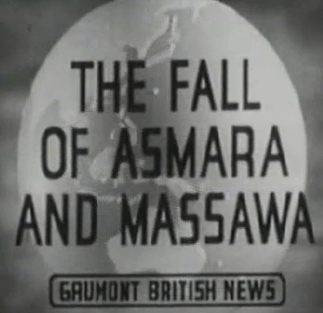
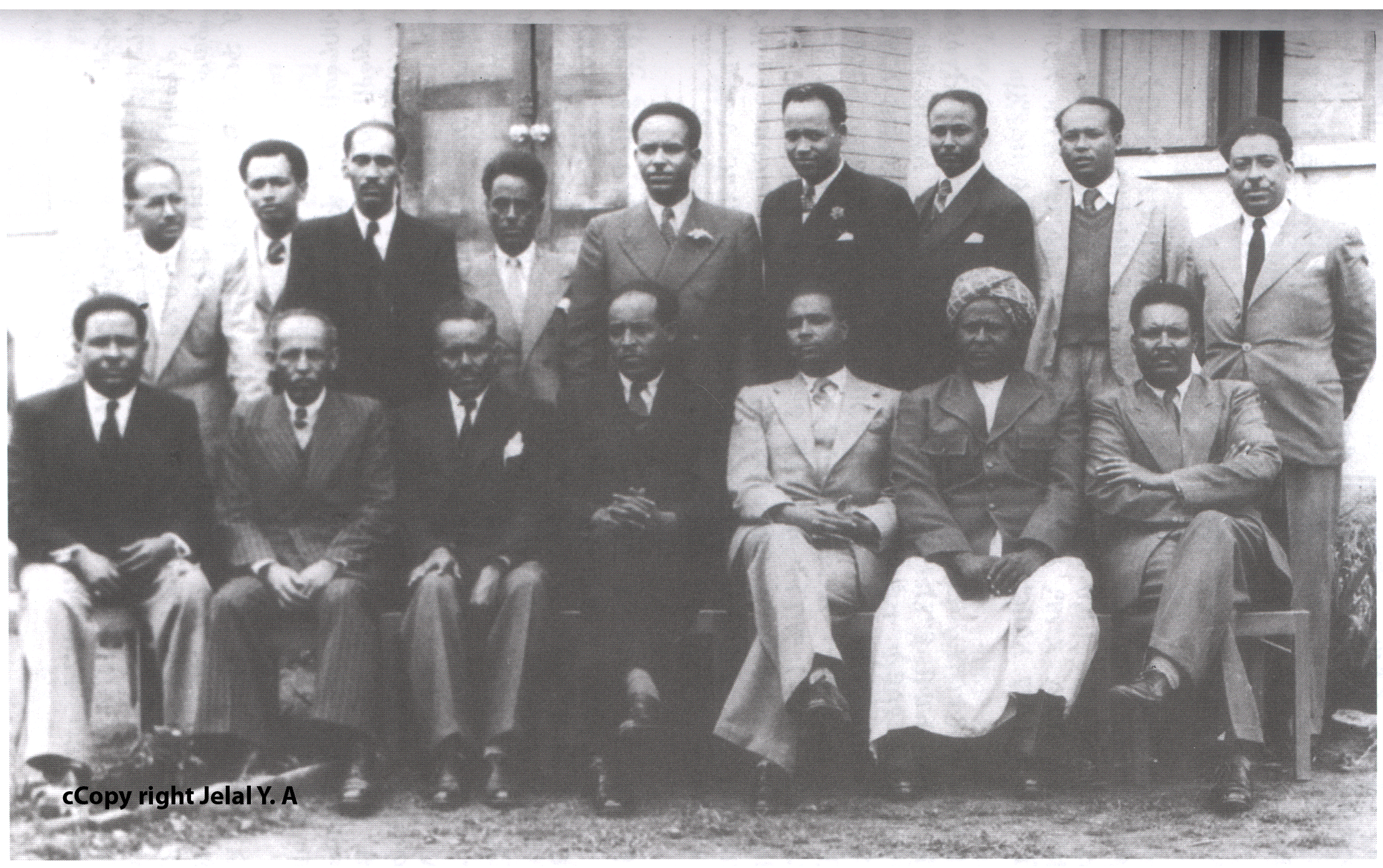 Addis Abeba-Resident Unionist(source Jelal Yassin)
Addis Abeba-Resident Unionist(source Jelal Yassin)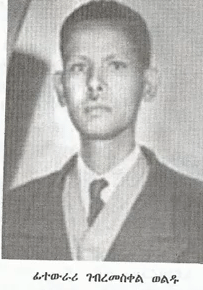

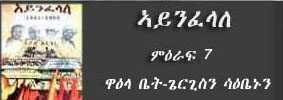
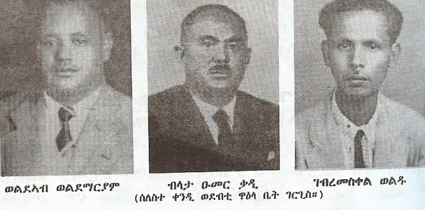
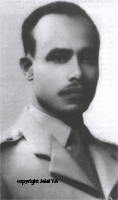
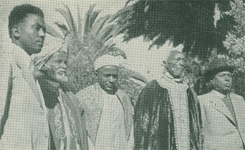

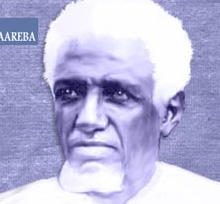



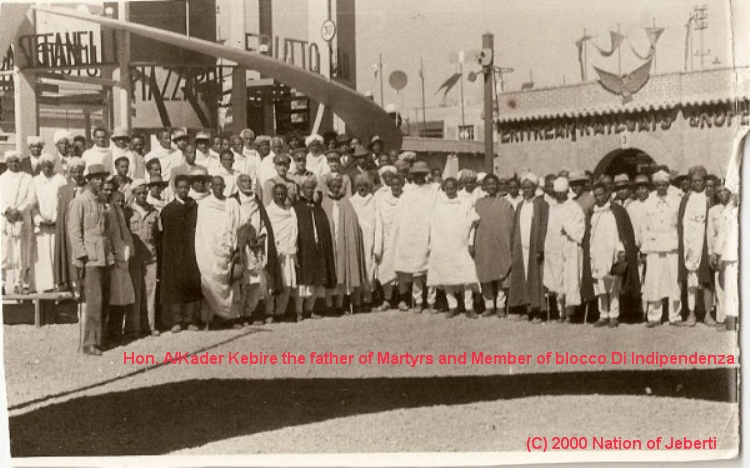 The
The 
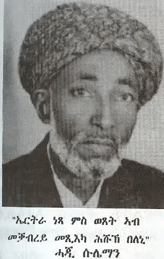
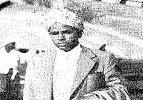

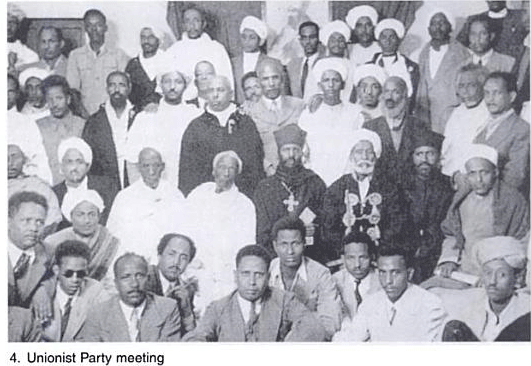
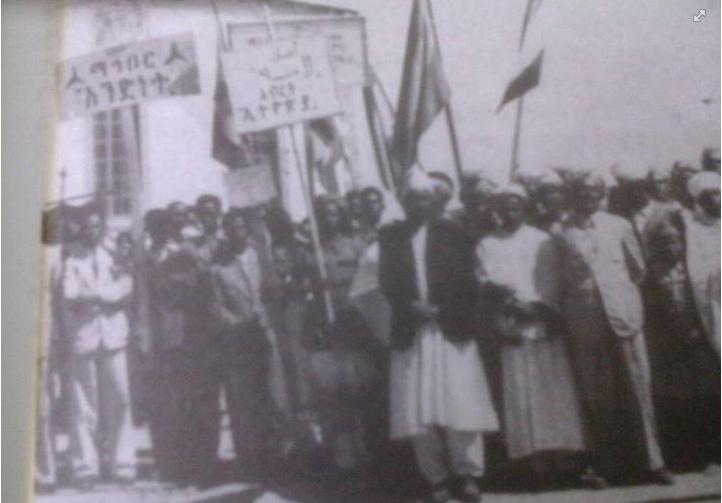
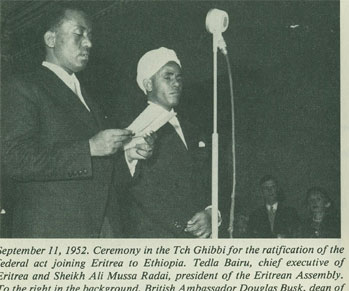

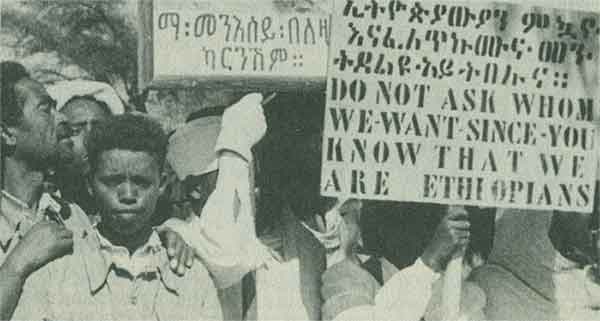
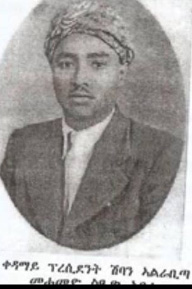
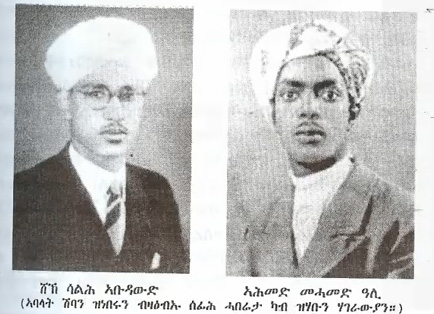
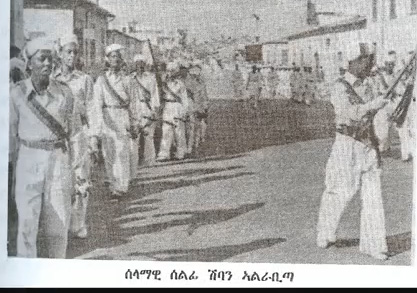
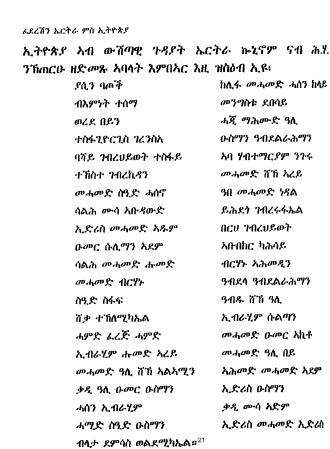

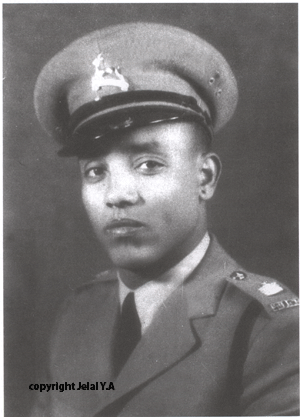
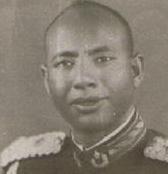
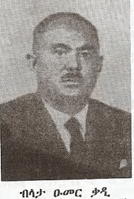
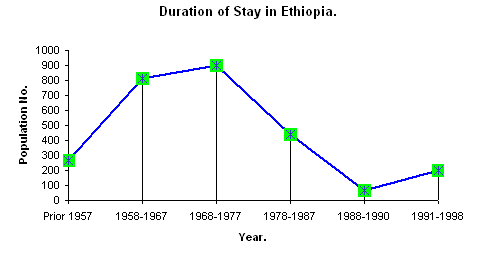

















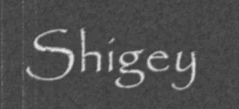

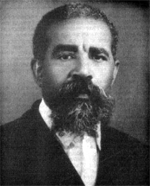





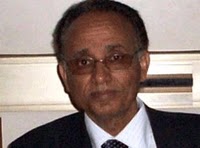
 M.Burhan Nagash
M.Burhan Nagash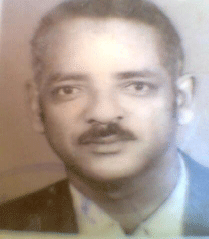
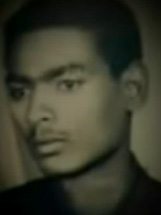
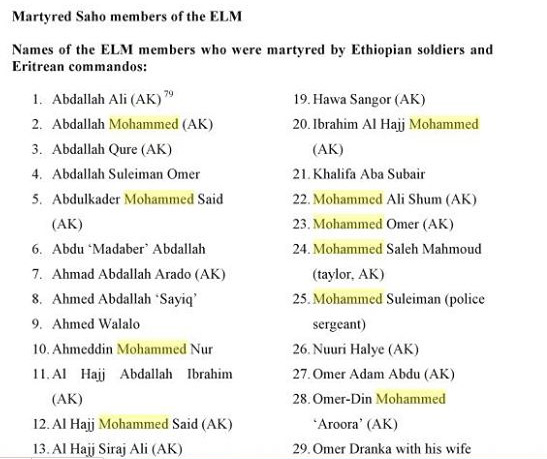



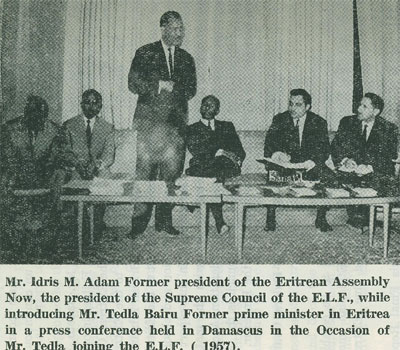



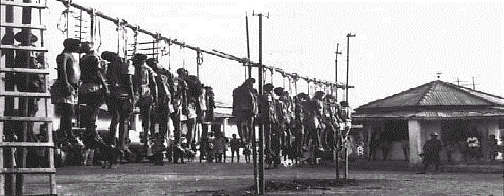
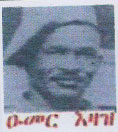


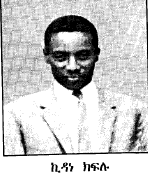

 source
source
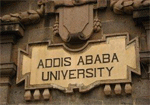




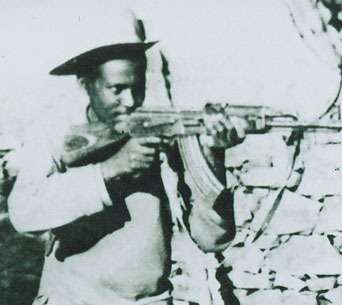

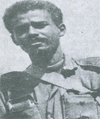



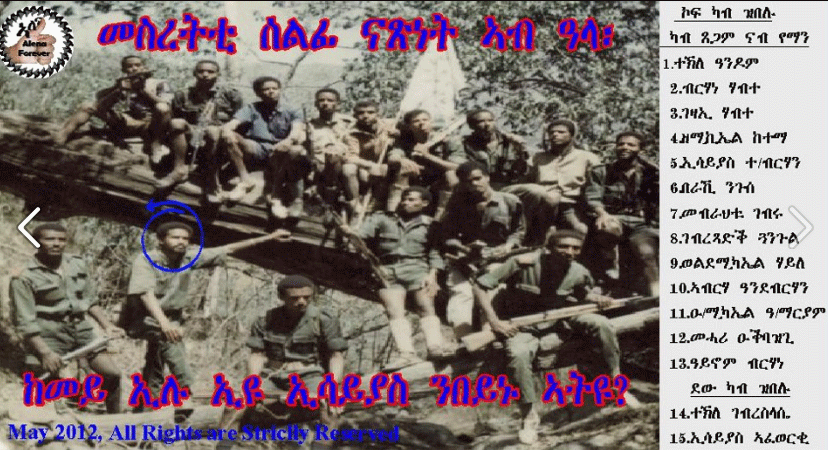





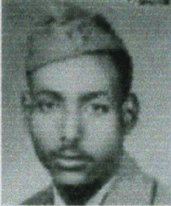



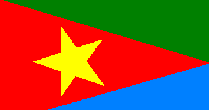
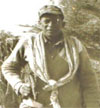


 source
source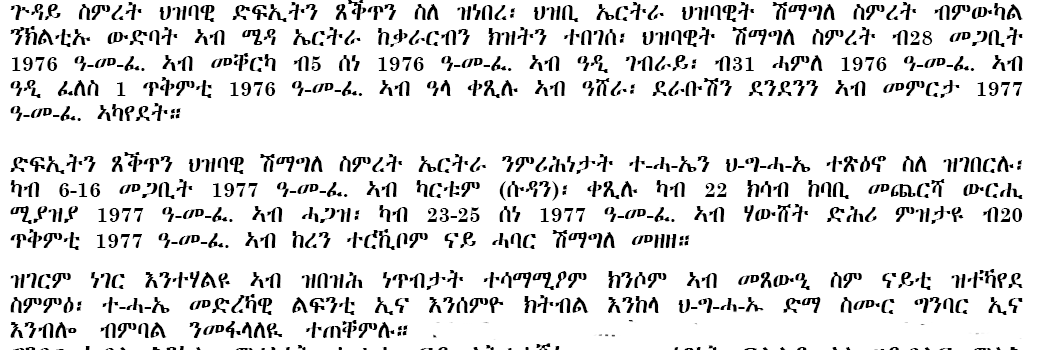

 source
source
 source
source
